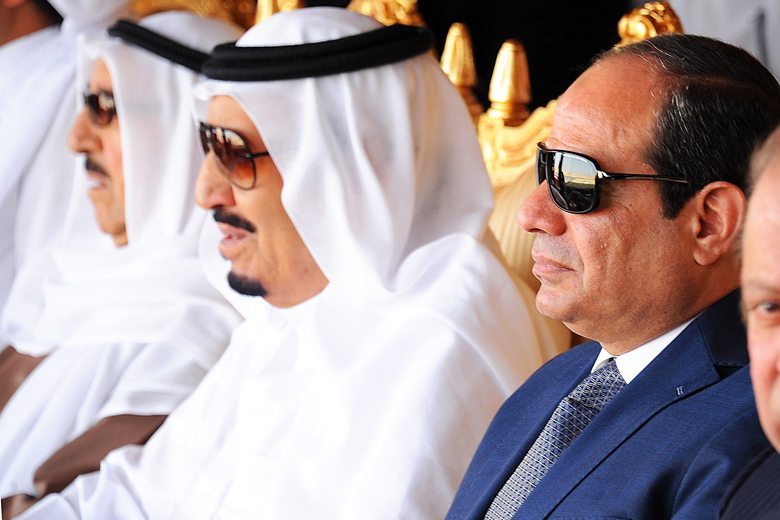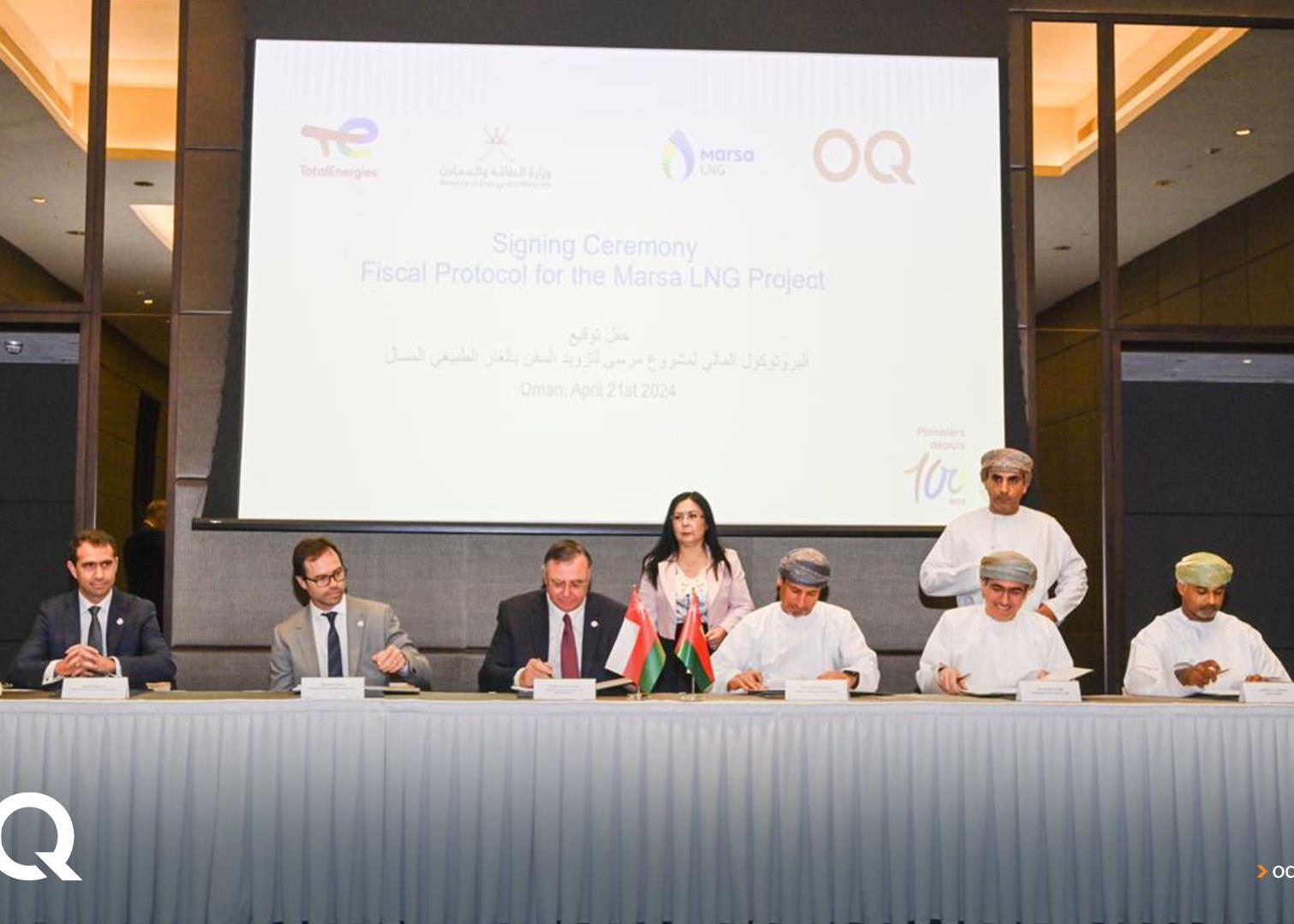

The biggest future sector is construction, with $129bn of projects in the pipeline
Despite recording a 23 per cent drop in the value of main contract awards in 2016, Egypt was the third-biggest market for deals let in the Middle East and North Africa region last year, after Saudi Arabia and the UAE.
While other governments are looking to rein in capital spending in the wake of the collapse in oil prices, Egypt is keen to push ahead with its development programme.
The country has an active projects market worth $395.7bn. This includes $145.7bn of schemes under execution, $148.5bn under study, $15.8bn at the main contract bid stage, $12.6bn at bid evaluation, $3.2bn at prequalification and $70bn in design.
Analysing just the projects in pre-execution phases, the biggest future sector is construction, with $129.4bn of schemes in the pipeline. The next biggest sectors are power, with $117.4bn, and transport, with $57.4bn.
Crisis solved
The drop off in awards last year was largely due to the currency crisis stalling contract negotiations.
The government decided in mid-2016 to seek support from the Washington-based IMF to resolve the crisis, and a $12bn extended fund facility was agreed in November. One of the reforms enacted as part of that agreement was the flotation of the Egyptian pound, which triggered a devaluation of more than 50 per cent.
The devaluation resulted in a surge in inflation, which hit ordinary citizens hard and led to some contract renegotiations. But it also stimulated strong inflows of foreign exchange.
According to government data, the economy grew by 3.9 per cent in the first quarter of 2017, compared with 3.6 per cent on average in the previous two quarters. By April 2017, foreign exchange reserves had risen to their highest level since 2011.
The central bank has now lifted restrictions on foreign investors repatriating funds.

Outlook Egypt 2017 report
Outlook Egypt 2017 report
MEEDs latest insight report Outlook Egypt 2017 identifies the main investment opportunities in the core sectors of the economy: energy; industry; power and water; construction; and transport. It explains how the sectors are structured, details key government bodies and sets out the main projects that are planned or under way. Buy it here
Egypt has also solved its gas crisis, which caused power outages in 2013-14. Two floating liquefied natural gas (LNG) terminals have been installed, while plans for a third have been cancelled as several international oil companies (IOCs) have been able to fast-track gas projects to grow local production. Limited exports of LNG have also resumed.
The first production from the Zohr field, which was only discovered in 2015, is due before the end of the year. Meanwhile, the UKs BP has brought on nearly 1.5 billion cubic feet a day of additional capacity since 2015, with more to follow next year. New refining capacity is also coming online, which will cut the requirement for product imports in 2018.
The Egyptian authorities have held six international oil and gas licensing rounds since 2013, and two more are planned this year for nine exploration blocks.
In March 2015, the petroleum ministry said its strategy to revitalise the energy sector would require $70bn of investment up to 2022, including $25bn in new investment. The biggest area in need of investment identified by the ministry was gas development, which it estimates needs some $21.5bn of spending, just under a third of the total.
On 8 June 2017, Egypt said it had paid off $2.2bn in arrears to international oil companies (IOCs) in the previous three weeks, leaving $2.3bn still to be repaid, the lowest level in many years. Cairo last paid dues of about $100m in 2016, and has pledged to eliminate all arrears by the end of June 2019.
In January 2017, Egypt held its first gold licensing round since 2009, covering five exploration blocks. Cairo has also started receiving payments from the countrys first commercial gold mine, operated by Australias Centamin, which says it was able to recoup its $1bn investment within eight years.
Renewables focus
Following the procurement of an emergency power generation programme, installed capacity is currently able to satisfy demand for electricity. As such the Electricity Ministry announced in March 2017 it would no longer be directly contracting power plants.
Although peak demand is expected to grow at an average of more than 6 per cent a year until 2022, procurement of some planned fossil fuel-fired power plants has been slowed down. Renewables programmes are continuing to move forward, however.
Cairo has set a long-term target of 44 per cent of energy to come from renewable sources by 2030, one of the most ambitious targets in the region, with an earlier target of 14 per cent to come from wind and solar by 2022. This means Egypt needs to have 7,110MW of wind and 2,870MW of solar installed in the next five years, up from 750MW and 100MW respectively at the end of 2016.
One of the ways Egypt is looking to attract investment in renewables investment is through its feed-in-tariff programme. However, the first round was less than successful. Only three projects were able to successfully reach financial close under the conditions of the first round, which did not include international arbitration clauses. The second round, which includes such clauses, is looking more promising, with more than 30 developers participating.
A long-planned project to link the power grids of Saudi Arabia and Egypt looks to be moving forward again, after bids for transmission lines and substations were submitted in May.
Desalination is set to be another growth area for Egypt in order to mitigate against a sharp decline in water availability. The Egypt Desalination Research Centre of Excellence suggests capacity will increase from 144,060 cubic metres a day (cm/d) in 2016 to 1.6 million cm/d by 2037.
The Ministry of Water Resources & Irrigation estimates $25.85bn will need to be invested in water projects until 2050.
Six desalination projects have secured funding from the Kuwait Fund for Arab Economic Development (KFAED).
Pushing for PPPs
Plans to develop desalination plants as public-private partnerships (PPPs) have been dropped, raising further questions about the capabilities of the PPP Central Unit, which has failed to get a scheme to move into construction since before the revolution.
The unit says it is planning to begin the prequalification process for the planned Safaga Industrial Port PPP in the next two months.
A request for proposals is also due to be launched over the summer for the first phase of a programme to develop up to 2,000 schools as PPPs. Some 45 companies have been prequalified to bid.
Egypts next presidential elections will be held in 2018. Before then, President Abdul Fattah al-Sisi will be keen to show solid progress with his flagship projects, namely The New Administrative Capital; The Suez Canal Economic Development Zone; and The Golden Triangle Project, as well as the construction of new cities at Galala and El-Alamein. The infrastructure is now being put in place with the hope of foreign investment following.
Another priority area is improving transportation links, with a series of rail and airport schemes progressing gradually, along with further phases of the long-running Cairo Metro expansion scheme. The most recently announced project proposes the construction of a monorail from Nasr City to the New Administrative Capital.
Egypt will have huge financing requirements for the foreseeable future and unless it can offer strong guarantees to attract project financing, it will be reliant on development banks lending directly to government clients and engineering, procurement and construction plus finance deals involving export credit agencies.
You might also like...

Contractors win Oman Etihad Rail packages
23 April 2024

Saudi market returns to growth
23 April 2024

Middle East contract awards: March 2024
23 April 2024

Swiss developer appoints Helvetia residences contractor
23 April 2024
A MEED Subscription...
Subscribe or upgrade your current MEED.com package to support your strategic planning with the MENA region’s best source of business information. Proceed to our online shop below to find out more about the features in each package.






